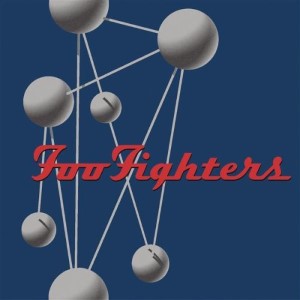“The band is in the studio now as this
reissue is being put together, making what will surely be our finest
record, and when we go out to share the great news with the press this
time, I’m sure that some journalist will have the temerity to call the
band on its serial self-regard, and there’s a good chance that
journalist will add that, in their opinion, The Colour and the Shape is
the band’s best, the bastard.”
Nate Mendel, from the liner notes to the new, expanded edition of The Colour and the Shape



